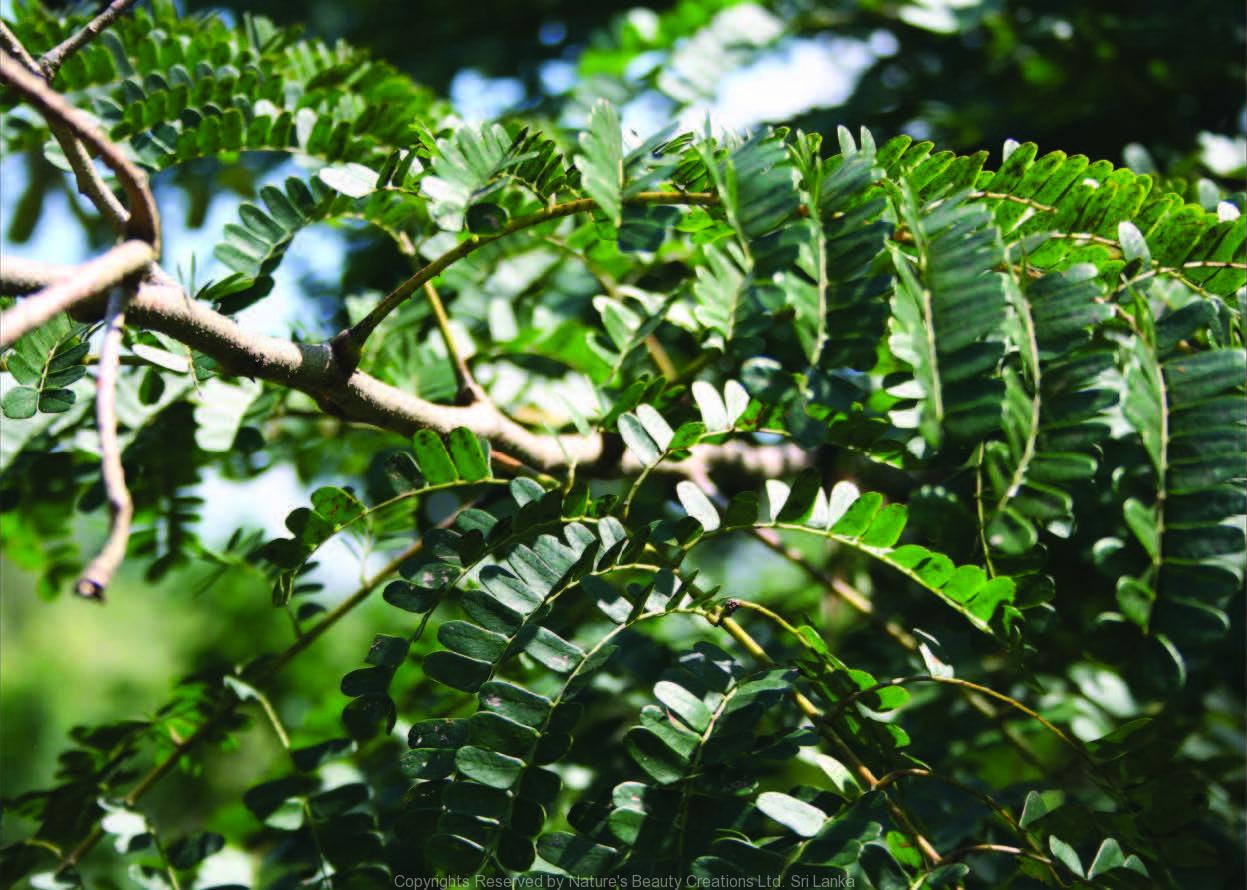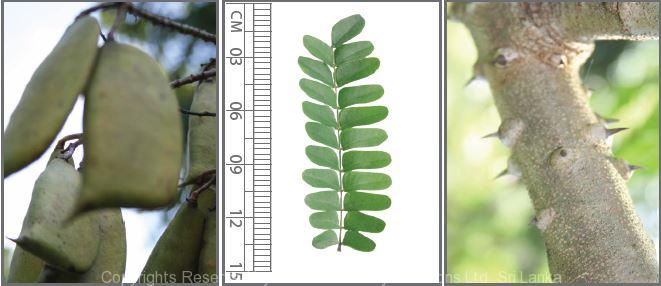

Traditional Knowledge
Useful plant parts :
Heartwood and leaf
Uses in traditional medicine :
- Decoction of the heartwood is taken for blood purification, skin diseases and menstrual disorders
- One tea spoon of young leaf juice per day is prescribed for blood purification
Scientific Research
Chemical constituents:
Indenochromene derivatives: brazilein, brazilin, hematoxylin, flavonoids: protosappanin A and E, sappanchalcone and rhamnetin, bonducellin derivatives, quercetin, ombuin, phenolic compounds: caesalpiniaphenol A–F, sterols: campesterol, stigmasterol and β-sitosterol from heartwood; diterpenes: caesanines A–D from plant
Bioactivity :
Brazilin and hematoxylin: vascular relaxant effects; sappanchalcone derivatives: active against influenza virus; sterols, brazilein, brazilin and protosappanin E: anticomplementary; caesanines A,B: antibacterial; methanol extract of heartwood: antimicrobial; brazilein: immunosuppressive, antiacne, anticancer brazilin: antitumour
Clinical:
References : Batubara, I. et al., (2010), Brazilin from Caesalpinia sappan wood as an antiacne agent, Journal of Wood Science, 56(1), 77-81. Cuong, T. D. et al., (2012), Phenolic compounds from Caesalpinia sappan heartwood and their anti-inflammatory activity, J Nat Prod, 75(12), 2069-75. Lee, D. Y. et al., (2013), Brazilin inhibits growth and induces apoptosis in human glioblastoma cells, Molecules, 18(2), 2449-57. Liu, A. L. et al., (2009), In vitro Anti-Influenza Viral Activities of Constituents from Caesalpinia sappan, Planta Med, 75(4), 337-339. Min, B. S. et al., (2012), Compounds from the heartwood of Caesalpinia sappan and their anti-inflammatory activity, Planta Med, 78. Namikoshi, M. et al., (1987), Homoisoflavonoids from Caesalpinia sappan, Phytochemistry, 26(6), 1831-1833. Oh, S. R. et al., (1998), Anticomplementary Activity of Constituents from the Heartwood of Caesalpinia sappan, Planta Med, 64(5), 456-458. Safitri, R. et al., (2003), Antioxidant activity in vitro of two aromatic compounds from Caesalpinia sappan L. BioFactors, 19, 71-77. Senthilkumar, N. et al., (2011), Biochemical estimation and antimicrobial activities of the extracts of Caesalpinia sappan Linn., Bangaladesh journal of scientific and industrial research, 46(4), 429-436. Tao, L. Y. et al., (2013), Brazilein, a compound isolated from Caesalpinia sappan Linn., induced growth inhibition in breast cancer cells via involvement of GSK-3β/β-Catenin/cyclin D1 pathway, Chem Biol Interact, 206(1), 1-5. Xie, Y. W. et al., (2000), Vasorelaxing effects of Caesalpinia sappan involvement of endogenous nitric oxide, Life Sciences, 67(15), 1913-1918. Ye, M. et al., (2006), Brazilein, an important immunosuppressive component from Caesalpinia sappan L, Int Immunopharmacol, 6(3), 426-32. Zhang, J. et al., (2013), Caesanines A-D, New Cassane Diterpenes with Unprecedented N Bridge from Caesalpinia sappan, Org Lett.
Copyrights Reserved By
Natures Beauty Creations




